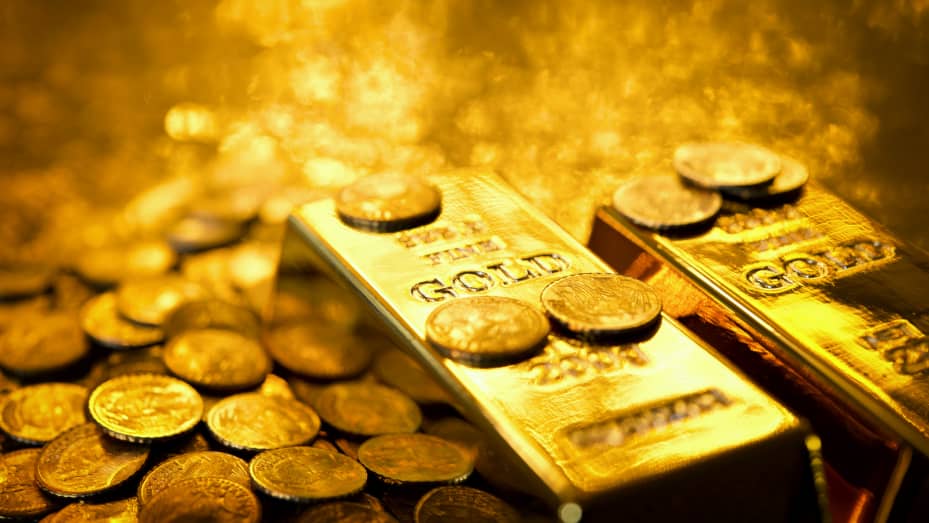These days, it appears like everyone is purchasing gold, including central banks and Costco members.
The spot price of gold was $2,364 an ounce.Tuesday, following seven straight sessions of record highs and Monday’s trade at $2,336 per ounce. Gold has increased 16.5% year over year.
The primary driver of price increases is investor expectation that the Federal Reserve will lower its benchmark interest rate; however, other reasons also contribute to the spike, such as central banks, particularly China, purchasing gold to reduce their dependency on US currencies.
Gold is viewed by central banks as a reliable, long-term store of wealth and a refuge against global and economic unrest.
Gold is regarded as a reliable investment. Gold prices typically increase when interest rates decline because bullion becomes more desirable than assets that yield income, such as bonds. Additionally, investors view gold as a hedge against inflation, placing their bets on bullion’s ability to hold value even as prices rise.
March saw the People’s Bank of China purchase gold for the seventeenth consecutive month, adding 160,000 ounces to its reserves, which now total 72.74 million troy ounces, as reported by Reuters.
According to a UBS research note dated April 9, central banks may wish to “diversify away” from US currencies and purchase gold in light of the current geopolitical unpredictability. Demand is driving up prices that regular investors have already raised as China increases its reserves.
In light of previous years’ declines in market prices and real estate values, Chinese investors are turning to gold as a substitute asset, citing a research paper published by Capital Economics on April 9.
Turkey and India are two more central banks that are adding to their gold holdings. According to UBS, the reason behind these acquisitions is India’s GDP growth.

